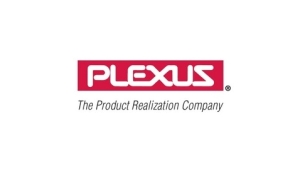
Organizational Structure
Image: smallbusiness.chron.com
A senior executive and consultant with more than two decades of experience working with nonprofit, private, and public companies, Todd Lovejoy serves as the co-founder of TAL Management Services, LLC. Todd Lovejoy and his team help startups, nonprofits, and mid-cap companies to implement effective organizational structures.
Organizational structure plays a big role in workplace productivity and efficiency. However, it can be difficult to determine when a company needs an overhaul. Below are a few signs:
Making a decision requires at least three people.
Although it’s normal for companies to have one or two people sign off on a decision before it is implemented, those that require three or more sign-offs do not function very smoothly. Decisions should be quick to make and approve. If they are not, companies may need to reevaluate their current structure.
Departments aren’t efficiently sharing information.
When departments start acting on their own, it is a strong sign that a company’s organizational structure has become ineffective. This situation prevents departments from communicating with one another properly and can leave certain tasks incomplete or poorly done. It also leaves certain individuals out of the loop and can gum up the works of a business’ operations.
Customer service starts failing.
Effective organizational structure promotes positive interactions with customers and ensures customer service representatives understand problems that come up. Ineffective structures, on the other hand, cannot cohesively handle customer issues, which results in inconsistent solutions from customer to customer. Further, poor service can push customers away and decrease revenue.


